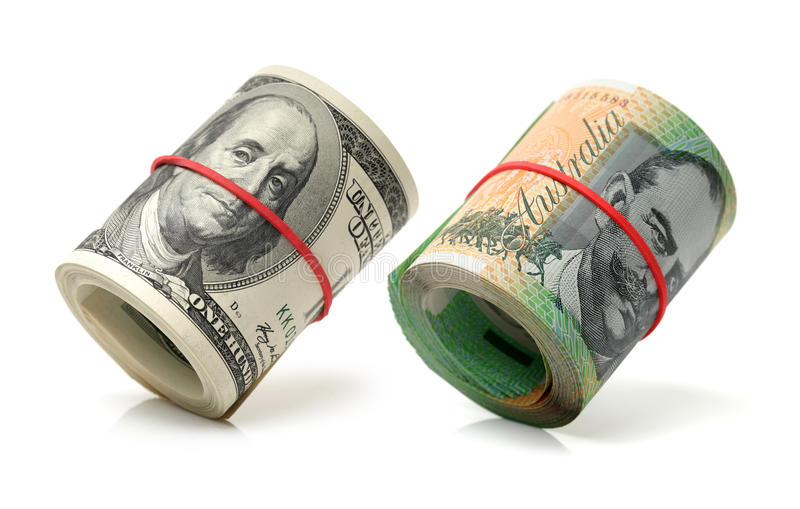Australian dollar strengthened following the release of local economic statistics on Tuesday.
The Australian Dollar (AUD) extends its advances against the US Dollar (USD) after significant domestic economic data revealed on Tuesday. The Australian dollar pair may rise as a result of the Reserve Bank of Australia (RBA) hawkish outlook.
Australia’s Westpac Consumer Confidence rose by 2.8% in August, reversing a 1.1% decrease in July.
Australia’s Westpac Consumer Confidence increased by 2.8% in August, rebounding after a 1.1% drop in July. Meanwhile, the Wage Price Index remained constant, rising by 0.8% in the second quarter, marginally Below market expectations of a 0.9% gain.
The pressure on the US dollar has eased as the Fed’s chances of cutting interest rates by 50 basis points have decreased.
AUDUSD pair gains support as the US Dollar (USD) faces difficulties from predictions of a possible interest rate drop by the Federal Reserve (Fed) in September. However, this pressure relieve by the Fed lowered likelihood of cutting interest rates by 50 basis points at its September meeting.
Traders most likely focus on US producer inflation data. Which issued on Tuesday, and consumer inflation on Wednesday. Traders are searching for assurance that price growth is stable.
Daily Market Movers: The Australian dollar rises due to a hawkish environment surrounding the RBA.
On Monday, Reserve Bank of Australia (RBA) Deputy Governor Andrew Hauser blamed sustained inflation on low supply and a tight labor market. Hauser It should also be recognized. That economic forecasts are quite uncertain.
The risk-sensitive Australian Dollar gain potential may be limited by safe-haven flows as geopolitical tensions in the Middle East escalate. Defense Minister Yoav Gallant notified US Defense Secretary Lloyd Austin on Sunday that Iran’s military operations imply preparations for a big strike on Israel, according to Axios writer Barak Ravid.
On Sunday, Federal Reserve Governor Michelle Bowman warned that she sees further upside risks to inflation and continued labor market growth. According to Bloomberg, this signals. That the Fed may not be prepared to drop interest rates at its next meeting in September.
China’s Consumer Price Index (CPI) increased 0.5% year on year in July, beating the projected 0.3% and prior 0.2% readings Meanwhile, the monthly index rose 0.5%, reversing a prior decrease of 0.2%.
Westpac modified its RBA prediction, projecting that the first rate cut will take place in February 2025.
Westpac has modified its RBA prediction, projecting that the first rate cut will take place in February 2025, rather than November 2024. They also increased their terminal rate projection to 3.35% from the prior 3.10%. The RBA now seen as more cautious, requiring more evidence before considering rate reduction.
On Thursday, Kansas City Fed President Jeffrey Schmid suggested. That lowering monetary policy may be “appropriate” if inflation remains low. Schmid stated that current Fed policy is “not that restrictive” and that. While the Fed is near to its 2% inflation target, it has not yet fully accomplished it, according to Reuters.
Last week, Treasurer Jim Chalmers competed Macrobusiness reports that the RBA believes the economy is still too strong and that huge government expenditures are contributing to extended inflation.
Last week, RBA Governor Michele Bullock stated that the Australian central bank will not hesitate to hike interest rates again to battle inflation if necessary. These comments come just days after the RBA left interest rates constant at 4.35% for the sixth consecutive meeting.









